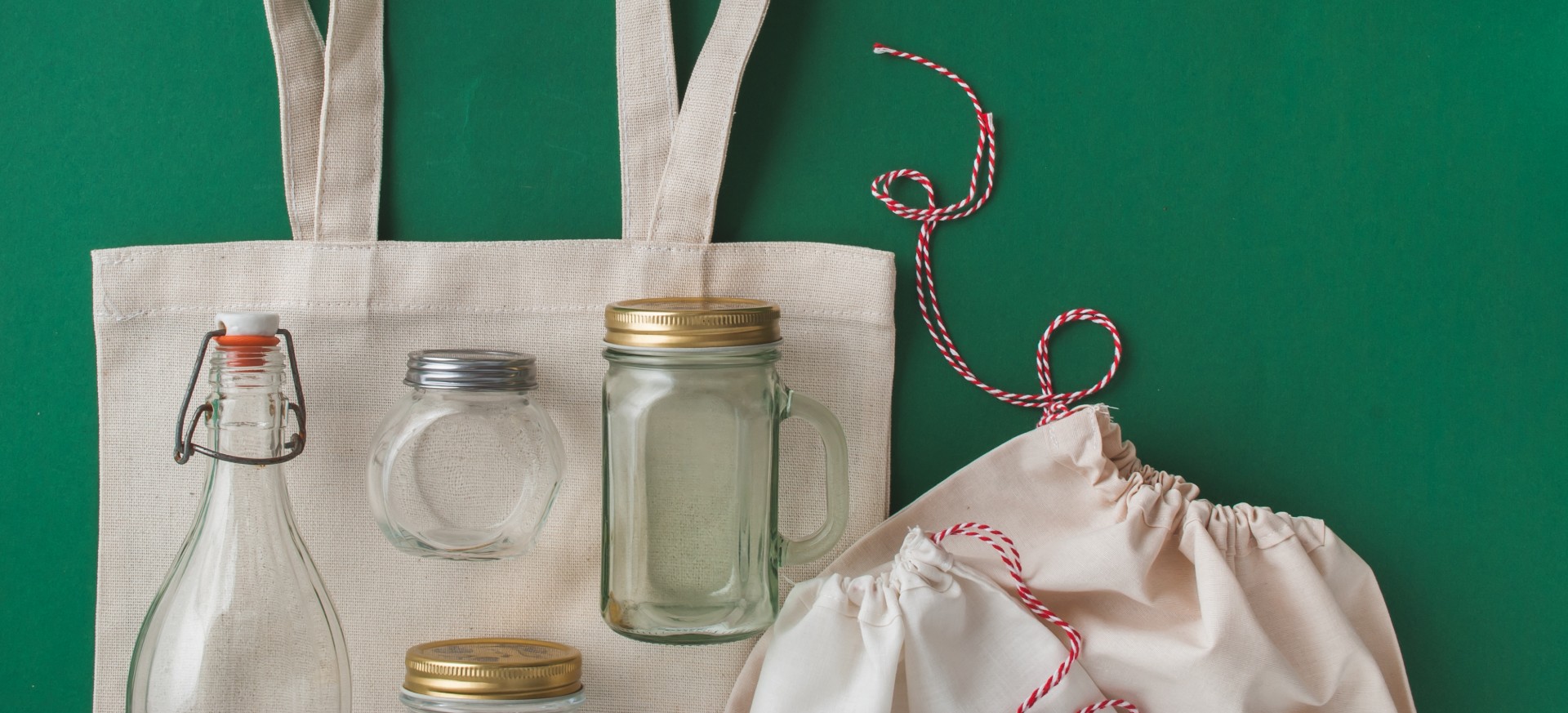Different communities vary in how they define zero waste and what achieving that looks like for them. At the heart of zero waste though, a global movement that began in the 21st century, is the shared goal of decreasing the total amount of waste created, whether that waste ends up in landfills, the side of the road, or the ocean. The zero waste movement surpasses simply recycling and composting some things, looking for innovative ways to reuse items we already own while consuming less.
While recycling and composting decreases the amount of waste going into landfills, those working towards zero waste are looking to reduce the waste they produce to, ideally, nothing.
Achieving Zero Waste by Means of a Circular Economy
The zero waste movement works hand-in-hand with the goal of a circular economy, which aims to redefine the production and consumption of resources. In a linear economy, which is what we currently operate under, items are produced, people consume those items, and then a majority of those items are thrown away and end up in landfills. With a circular economy, discarded items will be either repaired, reused, or recycled. Any items that are recycled will then be used to design and manufacture new items.
Proponents of the zero waste movement argue that a circular economy will empower consumers to purchase only items that they need, create more jobs in redesign and recovery centers, stimulate green practices, and provide the Earth with more longevity through sustainability.
The (Worthwhile) Challenge of Zero Waste
The barrier to zero waste is that it requires everyone to get on board. As long as manufacturers don’t employ sustainable practices, reaching zero waste is impossible. Every product purchased can work against zero waste if that product is manufactured in a way that creates waste, or if it comes in packaging that needs to be discarded. This doesn’t mean, however, that taking steps to decrease waste in your own home or community won’t have a significant impact.
Communities that aspire to zero waste not only significantly reduce waste and litter, but also challenge individuals to evaluate their consumer habits in so that they spend less money on items they don’t really need.
Tactics for Individual Households to Get Closer to Zero Waste
Many people are already consciously disposing by recycling what they can and composting when possible. There are also ways, however, to reduce the amount of items and materials that need to be disposed of by making small tweaks in how you consume.
Eliminating redundancies is one way to do this. An example of this would be using one all-purpose cleaner around the house rather than having separate cleaning solutions to use for specific areas or surfaces.
Decluttering your home is a good place to start. Getting rid of items you don’t need or want (in a sustainable manner, of course) helps you evaluate exactly what you already have while also shining a light on excess. So the next time you’re thinking of purchasing a new item, ask yourself 1) if you really need it, 2) if you already own it, and 3) if there’s something else you could use instead. This train of thought not only saves you unnecessary trips to the store, but it also cuts down on useless spending.
When making a purchase is absolutely necessary, consider shopping local. Sourcing goods locally enriches a community’s economy and also decreases the need to use excess packaging material for transportation. You can also take steps to use less packaging by leveraging reusable bags and purchasing bulk items.
Want Help Working Toward Zero Waste in Your Community?
If you’re looking to start pushing toward Zero Waste in your community, consider education as a first step! Texas Disposal Systems offers Eco Academy, a TAKS-certified program that helps teach students how to recycle and compost, and why it’s important.
TDS also helps educate residential customers with its Waste Wizard. The online tool allows users to search where items can be diverted or disposed of in ways that are other than the landfill. Try the What Goes Where feature to learn where you can sort your items!




